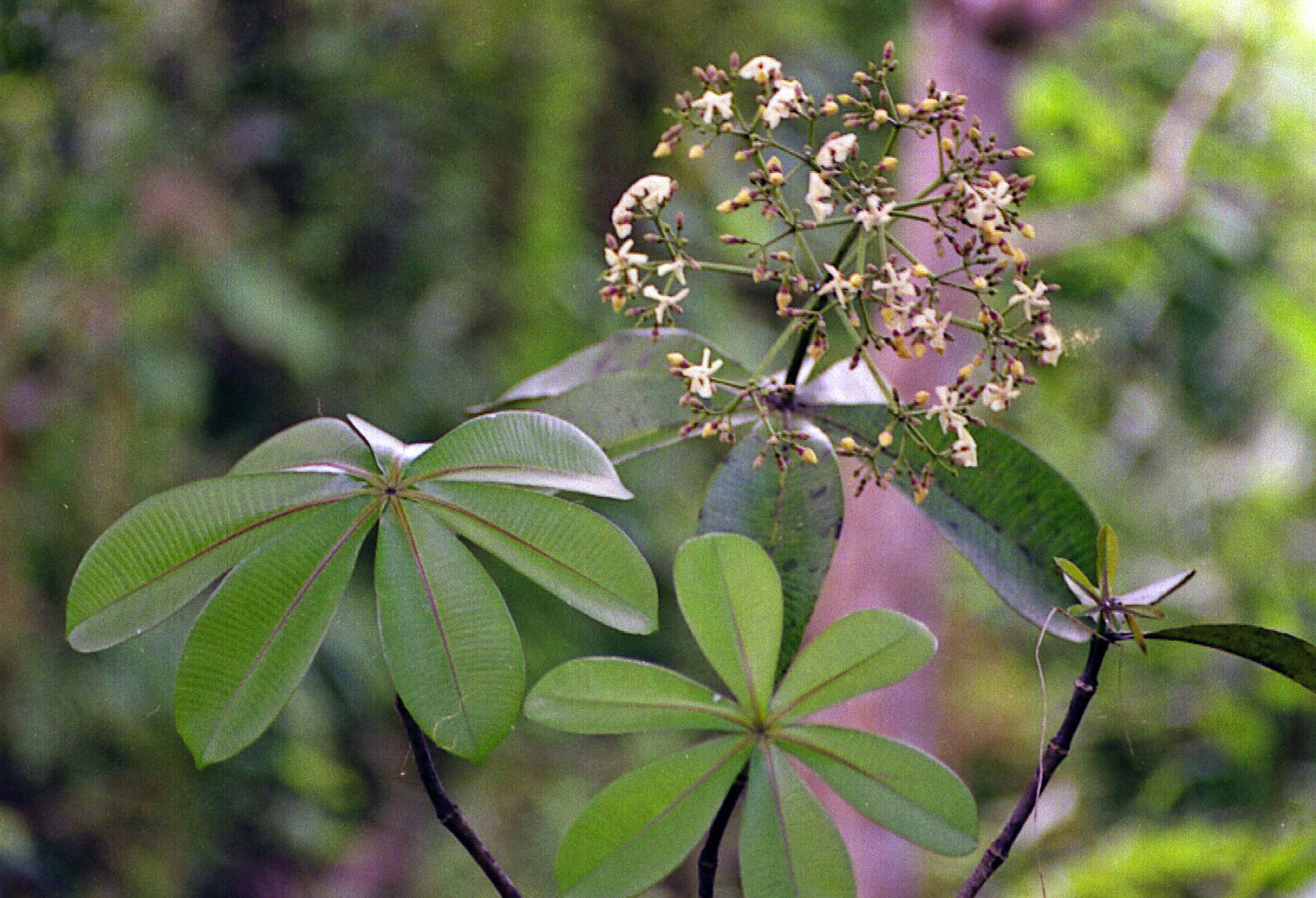Alstonia boonei

|
|
Alstonia boonei Common Names: Alstonia, Pattern Wood, Stoolwood, Gods
Tree, Cheesewood
Species ID: NMP-006 | wfo-0000951936,
NCBI:txid84857 Scientific
Classification Kingdom: Plantae Phylum: Tracheophyta Class: Magnoliopsida Order: Gentianales Family: Apocynaceae Genus: Alstonia Species: A. boonei Synonyms: Alstonia congensis Engl., Alstonia boonei var. glabrescens Engl., Alstonia boonei var. pubescens Engl. Morphological Description Alstonia boonei, commonly known as Alstonia or God’s Tree, is a tall deciduous
tree, typically growing 30–45 m high with a straight, cylindrical bole up to
1.2 m in diameter, often with high, narrow buttresses. Its key features
include: · Bark: Rough, greyish-brown to dark brown, deeply fissured, exuding
copious white latex when cut · Leaves: Simple, whorled (3–6 per node), lanceolate to elliptic,
10–25 cm long, 4–10 cm wide, glossy green, leathery · Flowers: Small, greenish-white, 5–7 mm long, fragrant, in dense
terminal cymes, blooming seasonally · Fruit: Paired, slender follicles, 30–60 cm long, containing
numerous winged seeds, 5–8 mm long Distribution and Habitat Alstonia boonei is native to tropical West and Central Africa, occurring in
countries such as Nigeria, Ghana, Ivory Coast, Cameroon, Senegal, Guinea, and
the Democratic Republic of Congo. It thrives in: · Ecosystems: Primary and secondary rainforests, riverine forests, and
disturbed areas · Climate: Tropical, with rainfall of 1,500–3,000 mm annually and
temperatures of 20–35°C · Soils: Well-drained, fertile, loamy to clayey, often in alluvial
zones · Altitude: Sea level to 1,000 m Ethnopharmacology Alstonia
boonei, often referred to as
the cheesewood tree or simply Alstonia, is a highly valued medicinal plant in
African traditional medicine. The bark, leaves, and roots are widely used for
their antimalarial, antipyretic, anti-inflammatory, analgesic, antidiabetic,
antimicrobial, and antirheumatic properties. Decoctions and infusions made from
the bark are traditionally used to treat malaria, fevers, rheumatism, pain,
ulcers, hypertension, and gastrointestinal issues. The plant is also applied
externally for wound healing and to relieve swelling and joint pains.
Phytochemical analyses have revealed the presence of active compounds such as
alkaloids (like echitamine), saponins, flavonoids, and tannins, which are
believed to contribute to its wide range of therapeutic effects. While Alstonia
boonei has a long history of traditional use, continued pharmacological
research is important to confirm its efficacy and establish standardized
medicinal applications. · Anti-inflammatory and Analgesic Properties: Methanolic
extract of Alstonia
boonei bark significantly inhibited carrageenan-induced paw edema
in rats by 62% after 3 hours. It also reduced cotton pellet-induced granuloma
formation by 50%, confirming strong anti-inflammatory activity comparable to
standard drugs like indomethacin (Olajide et al., 2000). · Antipyretic Effect: In yeast-induced fever models,
aqueous bark extracts of A.
boonei reduced body temperature by 1.5°C within 3 hours, similar to
paracetamol, supporting traditional use for treating fever (Olajide et al.,
2000). · Antimicrobial Activity: Methanol extracts
showed strong antibacterial effects against Staphylococcus
aureus and Escherichia
coli, with inhibition zones of 18–24 mm, validating its
ethnomedicinal use in infections and wound healing (Adotey et al., 2012). · Antidiabetic Activity: Aqueous extracts
lowered fasting blood glucose by 28% in streptozotocin-induced diabetic rats
after 14 days (Adotey et al., 2012). · Antioxidant Activity: The methanolic
extract scavenged 85% of DPPH radicals at 250 µg/mL and significantly increased
levels of antioxidant enzymes (SOD, CAT, GPx) in rat models, protecting against
oxidative stress-related diseases (Mollica et al., 2022). · Gastroprotective and Anti-Colitic Effect: In rats with
dextran sulfate sodium-induced ulcerative colitis, treatment with A. boonei extract
reduced colon damage scores by 60% and improved histological healing (Adjouzem
et al., 2020). ⚠ Toxicity Profile: Alstonia boonei is generally safe at traditional doses.
In sub-chronic toxicity studies, aqueous stem
bark extract of A. boonei showed no mortality at doses up to 3000 mg/kg in
rats. At extremely high doses, minor hepatic enzyme elevation was observed,
suggesting careful dosing is needed for prolonged use (Nkono et al., 2015). Additional Uses · Timber: The lightweight, pale brown wood is moderately durable,
termite-resistant, and used for furniture, boxes, plywood, and construction in
Nigeria and Ghana. · Arrow Poisons: Bark extracts are used in phytochemical preparations for
arrow poisons in Ivory Coast · Exudations: The latex yields a poor-quality resin used to adulterate
better rubbers or as an adhesive in local crafts · Farming and Hunting: Latex is used to create tools for farming,
hunting, and fishing in Cameroon. · Agroforestry: As a fast-growing, nitrogen-fixing pioneer species, it is
used in reforestation and as a shade tree in cocoa and coffee plantations in
Ghana · Cultural: Considered sacred in some Ghanaian communities, its bark is
used in rituals for spiritual cleansing and protection. References
External Links More Pictures |
|
| Compounds of Alstonia boonei | |
| References |